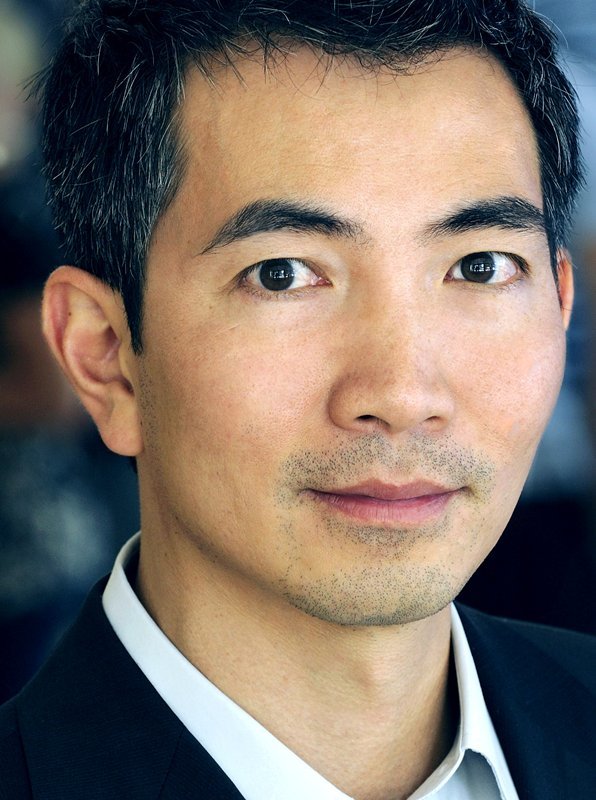As creative director of the Broad Institute, one of America’s high-tech research labs, part of Bang Wong’s job is to explain its complex work to the public. He’ll be doing just that in Dundee next Saturday, using pictures to bring cutting-edge science to life.
As a cutting-edge research facility involved in mapping DNA, the Broad Institute uses a lot of data.
“We have a warehouse that holds all our data,” Wong explains. “We generate about a terabyte of data every day. I believe we’re scheduled to exceed Google in the amount of data we handle at some point this year.”
Run by Harvard University and the Massachusetts Institute of Technology, the Broad Institute carries out ground-breaking research into the DNA genome sequence. It also tries to keep the general public up to date with the latest discoveries.
“A large part of my job is explaining the science to the layperson,” Bang continues. “It really isn’t that difficult to explain quite complex concepts as long as you don’t use too much jargon.”
Born in Vietnam and brought up in Seattle, Bang (39) has degrees in immunology and medical illustration. He says pictures are one of the most effective ways to teach people about science.
“There’s no doubt that a lot of people learn and understand best through vision. Some people learn through audio or the written word, but an image can really help people understand a concept.
“One of the pictures I’ll be using for my talk in Dundee is what’s called a phylogenetic mobile, which shows 30 mammals whose genomes have been sequenced.Challenge”It’s good to bring art and science closer together. We have a project ongoing at the centre where artists come in and paint our scientists at work.”
Bang will be in Dundee on Saturday, February 5, trying to explain the centre’s work in the first of Dundee University’s Saturday Evening Lecture Series for 2011.
“It’s going to be a bit of a challenge,” he continues, “because there will be scientists there, because of Dundee’s excellent reputation for life sciences. But there will also be members of the public and, I hope, students from Duncan of Jordanstone School of Art.
“So I almost need to write three talks. I need to engage the public without simplifying things so much that the scientists get bored, and use illustrations that won’t have the art students complaining about my lack of artistic ability!”
Bang says the complexity of modern science has changed the way scientists work.
“Ten years ago you might have started with a hypothesis maybe you would ask if diabetes has something to do with insulin and then tried to use data to prove or disprove it.
“These days you’re far more likely to make discoveries just by creating data then examining it. So, for example, you might look at the genetic codes of 5000 diabetic people and 5000 people without diabetes, and look for differences.”ComplexAs the science becomes more complex, so it becomes more important to keep people up to date with developments.
“In our lobby we’ve got a bank of 80 40-inch plasma screens that we use to explain what goes on in the Broad Institute. Some of them show real-time data streams so you can watch DNA sequencing taking place as it actually happens.
“People might not understand exactly what’s going on but we think it’s important that they can see exactly what genome research looks like. There are other screens that explain the science.
“We sometimes even get people wandering past at two or three in the morning on their way home who stop to look at the screens and learn about the centre.”
Part of the reason for Bang’s visit to Dundee is to help celebrate a major milestone.
“This is a big year for the centre. February marks 10 years since the first DNA sequence was mapped. Everyone at the centre is pretty excited about it and we’ve all got a busy month of tours and lectures lined up to celebrate.”Bang Wong Showing the Unseen takes place on Saturday, February 5, at Dundee University’s Dalhousie Building on Old Hawkhill. Tickets are free and are available from www.dundee.ac.uk or from the Tower Building reception.
